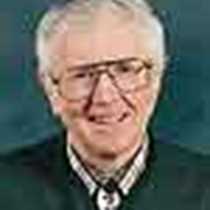The Sea Bird anchored at the confluence of the Snake and Palouse rivers, where Lewis and Clark tarried briefly 195 years ago as they hastened toward the Columbia River and Pacific Ocean.
The kayakers and rafters went to the head of Palouse slackwater created by one of the four great federal power dams that stilled the rushing lower Snake River. When the Corps of Discovery passed here they ran more than 30 rapids, where today we glided over a smooth man-made lake.
In spite of the dramatic river alteration the land still lies serene and undeveloped. Territorial redwing blackbirds rose to challenge passing ravens and magpies, migrant avocets rested at the beach edge, Bullock's orioles flashed orange and black from riparian cover and swarms of cliff swallows gathered mud pellets for their nest colonies in the cliffs that rear upward along the Palouse.
Other birding highlights at this spot are the redtail hawk nest and probable nesting prairie and peregrine falcons. A school bus shuttled alternate groups onto the plateau above for an overview of the 185-foot Palouse Falls, where white-throated swifts dashed around the falls amphitheater.
The open range is still verdant from ample winter rain and is colored splotched with the soft blue haze of Collinsia or "blue-eyed Mary" on the rockier slopes and blaze yellow of balsamroot among the native stands of bluebunch wheatgrass.
Capt. Clark noted in the expedition journals at this place that "the climate is as mild or more so to a similar latitude on the Atlantic Coast and cannot otherwise be healthy... it possesses a fine, dry, pure air." Our latter-day expedition on the Sea Bird absolutely confirmed his journal entry.




